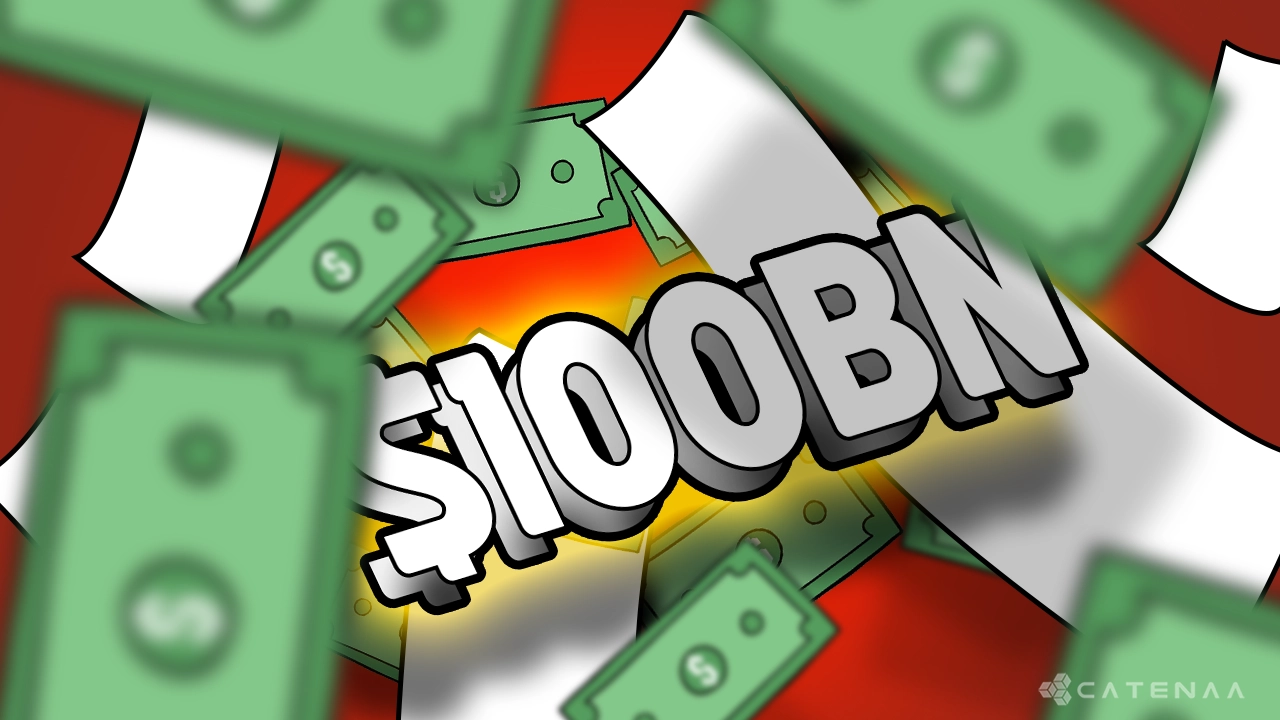Catenaa, Monday, May 05, 2025- Short-term debt issued by corporations increased to $100 billion in April as companies sought to boost their liquidity in the wake of economic uncertainty, JP Morgan said.
Issuance of non-financial commercial paper swelled by $100 billion last month, which is above the monthly average of $27 billion seen from 2019 to 2024, excluding 2020, JPMorgan strategists led by Teresa Ho wrote in a note to clients on Friday, citing data from the Depository Trust & Clearing Corporation.
At its peak, the gap between the highest-rated paper — known as Tier 1 — and T-bills stood at the widest level since August 2022. The spread to less credit-worthy paper — known as Tier 2 — reached its widest level since June 2023.
“Anecdotally, it appears companies are raising cash as a precautionary measure in response to the heightened uncertainty following Liberation Day,” JP Morgan wrote.
Announcement of reciprocal tariffs by President Donald Trump on April 2 saw turmoil in the financial markets, with the S&P 500 losing more than 10% in two sessions.
The benchmark index reversed course a week later, when White House delayed most of the duties for 90 days, with the exception of tariffs on China.
JP Morgan Strategists estimate Tier 1 issuers were the main contributors to the increase, adding about $66 billion in April.
The industrial and energy sectors of the S&P 500 led with $18 billion increases in CP issuance, and consumer staples added another $15 billion, according to JPMorgan.
JPMorgan strategists noted that current valuations look attractive versus historical averages and the yield pickup between the two tiers “remains compelling for investors willing to step down in credit,” given that the one-month spread between Tier 1 and Tier 2 paper is about 29 basis points on average.


